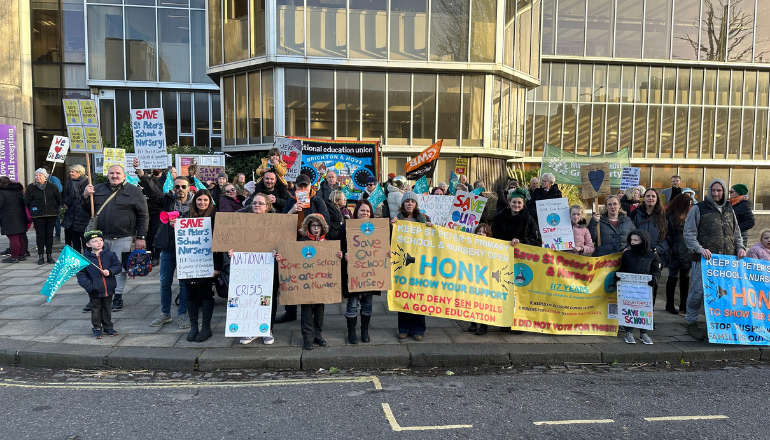
The council is trying to persuade MPs and the government to amend a parliamentary bill – a draft law – after a number of schools successfully appealed against proposed cuts to their intakes.
Brighton and Hove City Council has submitted a request to amend the Children’s Wellbeing and Schools Bill, asking that more factors are considered during appeals to the schools adjudicator.
Over the past five to six years the council has tried to reduce the published admission number (PAN) for reception classes at a number of the bigger primary schools.
The reductions were proposed because fewer young children live in Brighton and Hove, in part because birth rates have fallen and in part because families have moved out of the area.
School funding is largely based on pupil numbers and while some schools have accepted the proposed reductions, others have appealed and taken their case to the schools adjudicator.
In January last year, councillors agreed to cut the reception intake by 30 at Brunswick, Goldstone, St Luke’s and Saltdean primary schools and Stanford and Patcham infant schools.
Goldstone, Patcham and St Luke’s appealed against the decision and the Office of the Schools Adjudicator upheld their appeals so they kept three forms of entry – or a PAN of 90 children.
The schools adjudicator often cites parental preference. The council wants to the government’s bill to be amended so that other factors have to be considered.
These would include “the number of places available across the local authority as a whole and, specifically, in the area in which the school is located, and the potential impact on other schools if the PAN is not reduced”.
There were 2,610 reception year places in Brighton and Hove in the past school year. The council has forecast that only 1,970 children will require a school place in September and just 1,787 in September 2027.
The falling number of under-fives was also reflected in the 2021 census, with 21 per cent fewer children aged four and under compared with 2011.
The drop has hit school finances because funding is based on pupil numbers. Some 34 schools are forecast to be in the red with a combined deficit of more than £7 million this year.
Last year the council closed the two smallest state schools in Brighton and Hove – St Bartholomew’s, in Ann Street, Brighton, and St Peter’s, in St Peter’s Road, Portslade.
The council is currently also trying to reduce secondary school intakes from September next year, with fewer children due to move up from primary school.
After a public consultation, the proposals are due to be published this week before a special council meeting on Thursday 27 February.
The Labour deputy leader of the council Jacob Taylor said that the council was taking steps to manage falling pupil numbers in what are known as local authority maintained schools.
But the council does not set the admissions rules or numbers for faith schools, academies or free schools.
Councillor Taylor said:
“Where objections have been lodged with the schools adjudicator, these have been upheld on the basis that the proposed reduction would result in the frustration of parental preference.
“We have therefore had to continue to operate with a significant number of unfilled primary school places which means that schools are being effectively underfunded.
“Every empty seat in the classroom represents funding that could be being invested in education – whether through additional support staff or an expanded curriculum – but which is instead being lost by being spread thinly across too many classrooms.
“While parental preference has an important role to play in school management, we believe that the introduction of additional principles into the considerations of the schools adjudicator will enhance the decision-making framework to better reflect the complexities of managing a school admissions system and ensure that community schools can be supported and maintained.
“This is why we have proposed a revision to the School Admissions Code 2021 to ensure decision-making processes consider a broader range of factors.”
The bill is wide-ranging, covering topics such as breakfast clubs, school uniform, admissions, children working and school and college inspections. It is currently at the report stage where amendments can be considered.
The special council meeting to decide school admissions policy for September next year is due to start at 3pm on Thursday 27 February at Hove Town Hall.
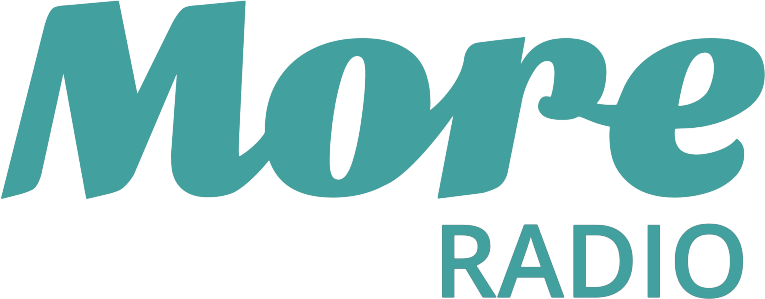
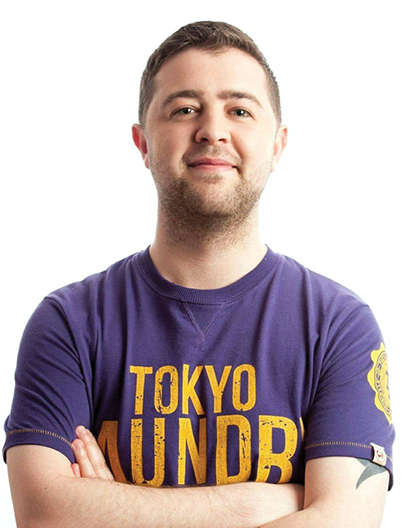
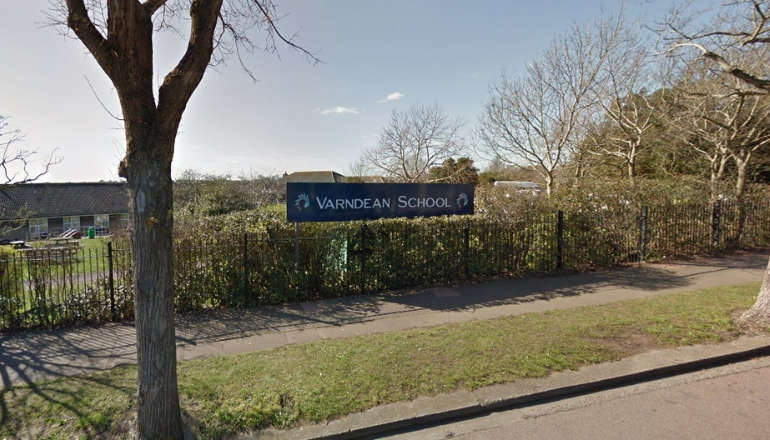 Brighton And Hove Parent Support Group Disappointed By Final Proposals
Brighton And Hove Parent Support Group Disappointed By Final Proposals
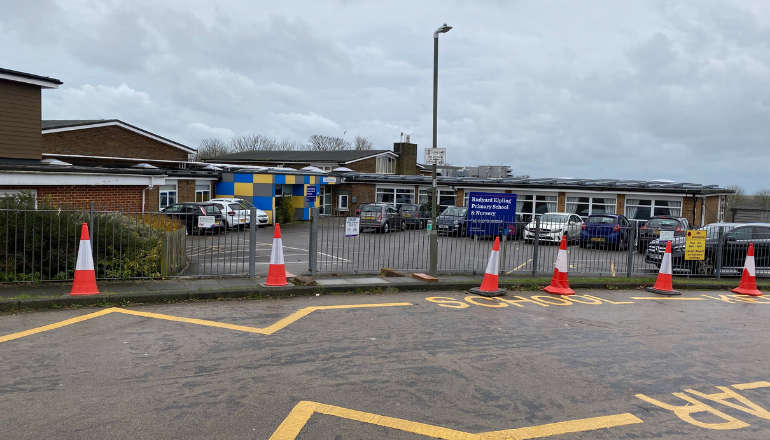 Popular Brighton And Hove Primary School Head Pleased By Increase In Admissions
Popular Brighton And Hove Primary School Head Pleased By Increase In Admissions
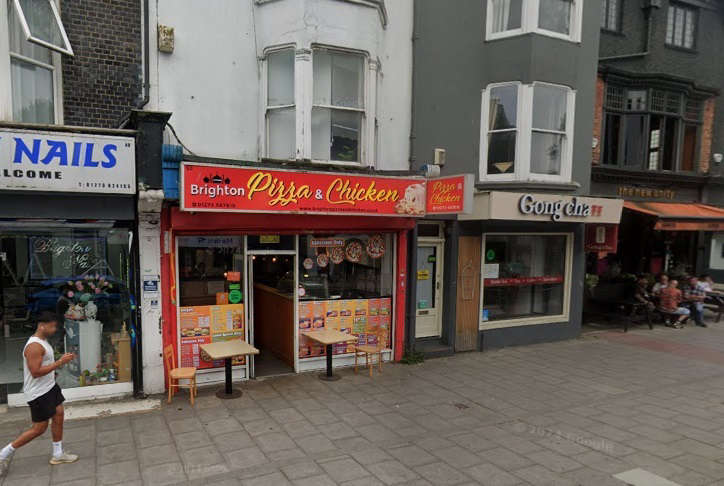 Brighton Takeaway Granted Late-Night Refreshment Licence Despite Objections
Brighton Takeaway Granted Late-Night Refreshment Licence Despite Objections
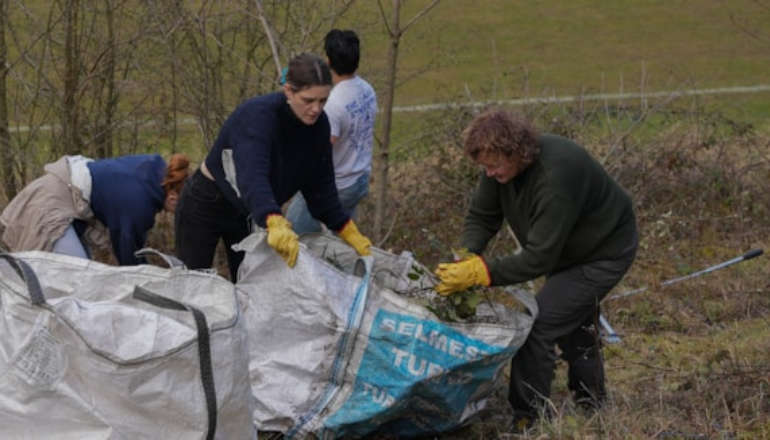 University Of Brighton And Sussex Wildlife Trust Unite To Protect Chalk Grassland
University Of Brighton And Sussex Wildlife Trust Unite To Protect Chalk Grassland
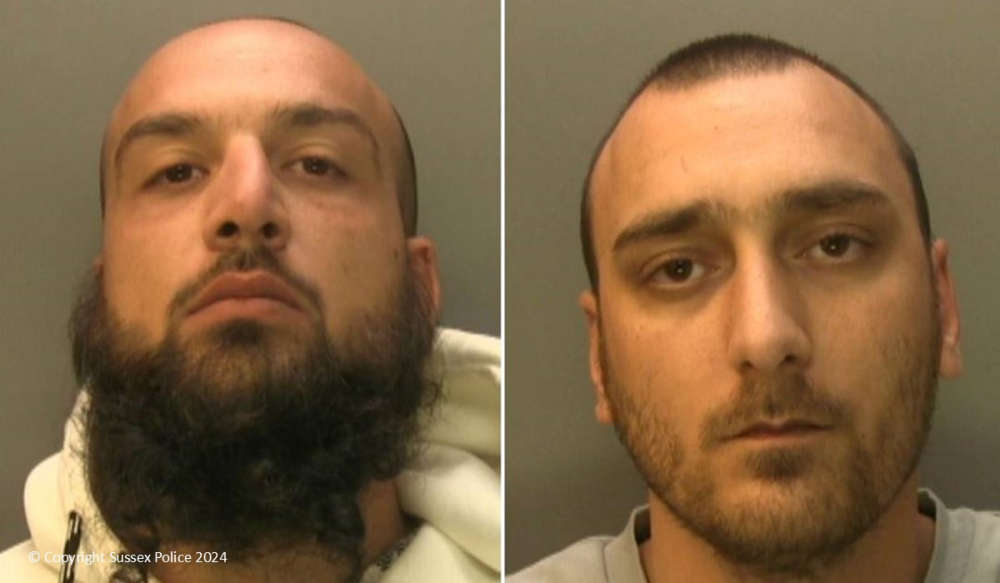 20 Years Jail For Drug-Dealers Linked To EncroChat Operation
20 Years Jail For Drug-Dealers Linked To EncroChat Operation
 Appeal After Burglary In Kingston Near Lewes
Appeal After Burglary In Kingston Near Lewes
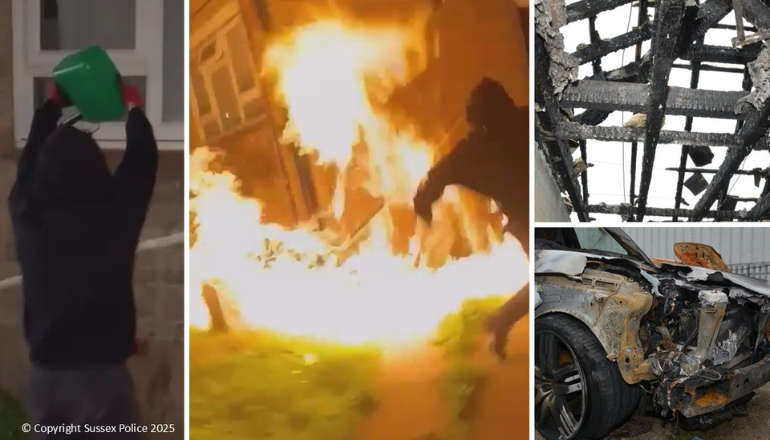 Four Sentenced For Deliberate Fires In Brighton
Four Sentenced For Deliberate Fires In Brighton
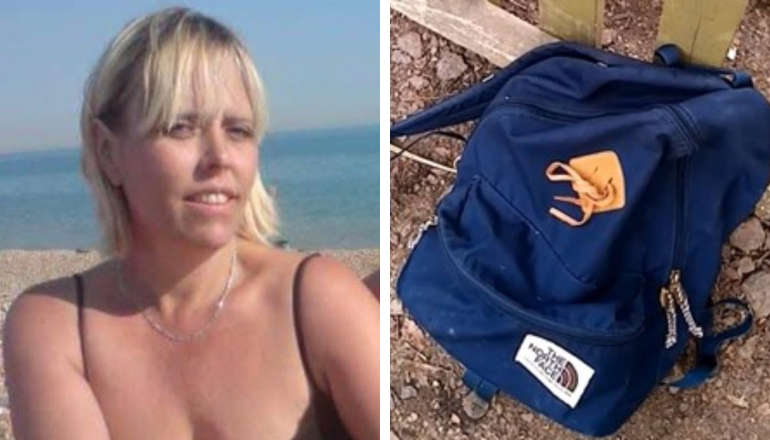 Man Charged With Bexhill Murder
Man Charged With Bexhill Murder
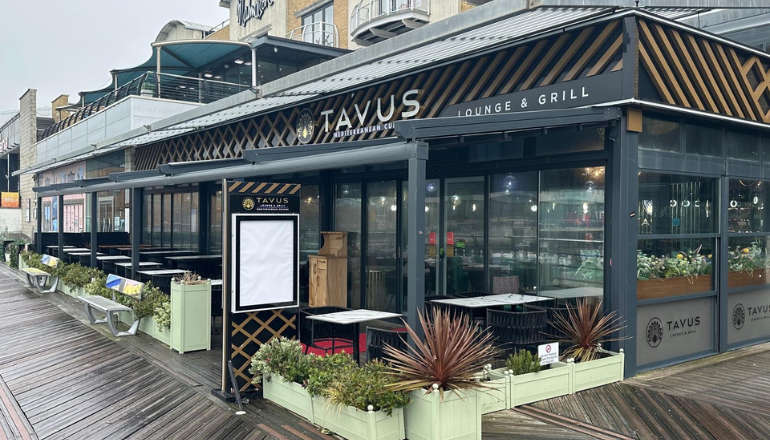 Brighton Marina Welcomes New Dining And Leisure Offerings
Brighton Marina Welcomes New Dining And Leisure Offerings
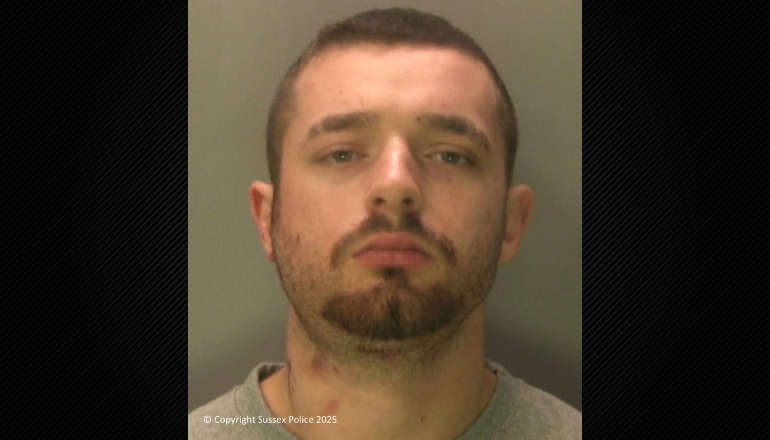 Bognor Man Jailed After Smashing Car Windows
Bognor Man Jailed After Smashing Car Windows
Comments
Add a comment